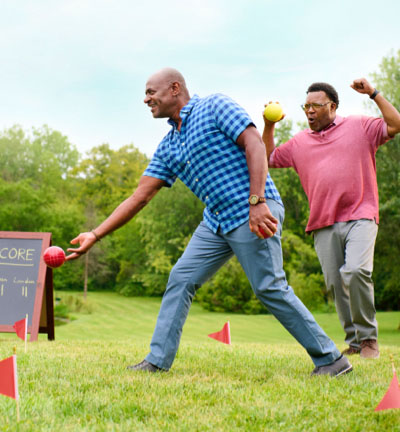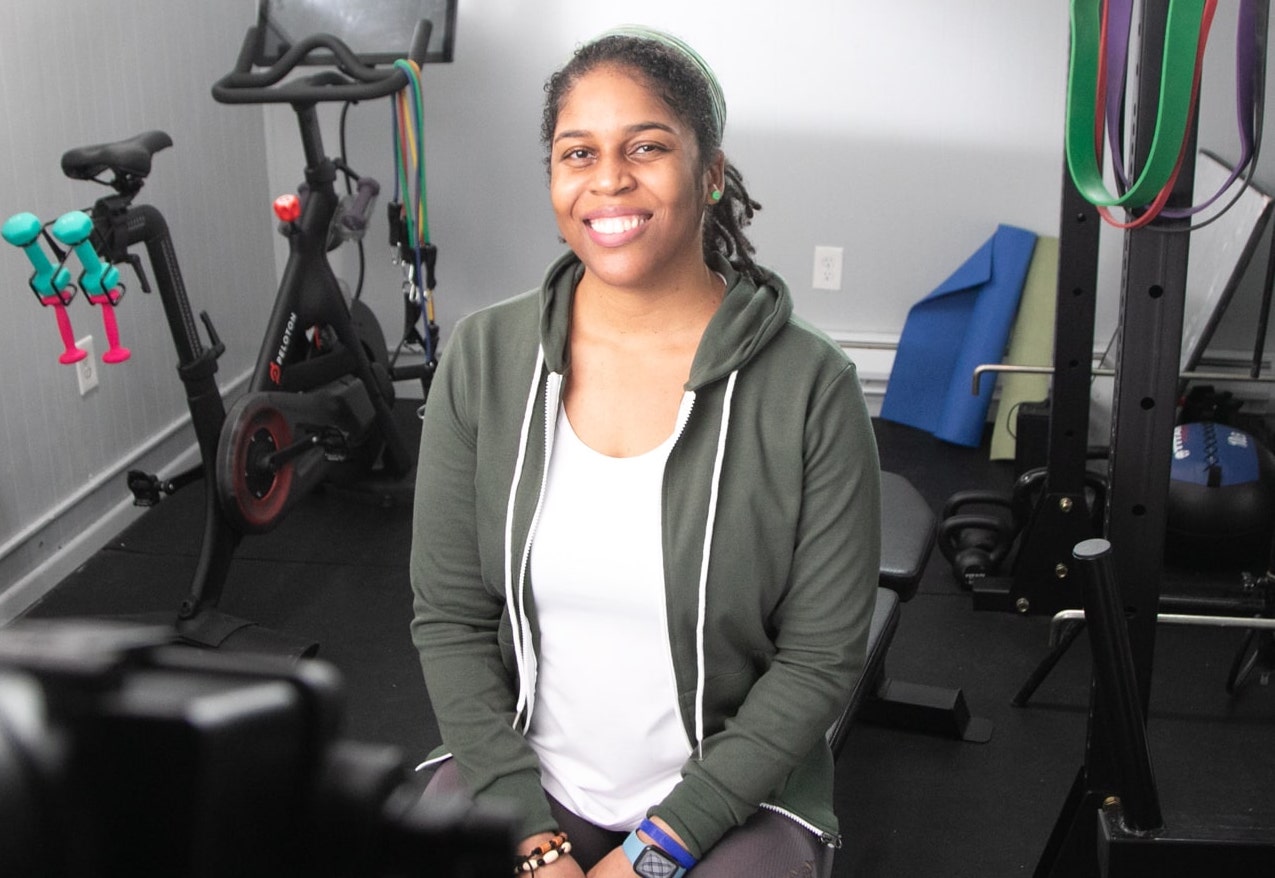Have you ever considered asking your doctor if including holistic practices as a form of stress reduction is the right option for you?
Dr. Raghav Govindarajan, a neuromuscular physician and associate professor at the University of Missouri, has found that stress can increase the risk of MG flare-ups.1 In some cases, emotional stress has been found to increase the risk of myasthenic crisis.2 And while a treatment plan may be essential to manage symptoms, Dr. Govindarajan believes a holistic approach that addresses your physical, emotional and social wellness is a great way to think about your healthcare.
Holistic health practices are generally defined as a way of thinking about the body, mind and spirit of a person when approaching their healthcare. Dr. Govindarajan identified five areas that he believes are important when considering holistic healthcare practices: physical wellness, meditation, exercise, eating a healthy diet and social well-being. Below you’ll find tips about these five methods.
1. Focusing on Your Physical Wellness
If you’ve been diagnosed with myasthenia gravis, working with your healthcare team to come up with the right plan of action may be your first step. It may be helpful if one of the members of your healthcare team is a consistent primary care physician who understands your MG diagnosis and symptoms. If you haven’t done so already, Dr. Govindarajan recommends regular check-ups to make sure you’re up to date on things like your annual screenings and vaccinations.
He also recommends that any specialist who treats your MG should help you put together a list of all medications that are contraindicated for your condition or that you may be allergic to. Once you have that list, you should bring it with you to future healthcare appointments.
2. Practicing Meditation
Practicing meditation may benefit those living with MG in a number of ways. Not only can it calm your mind, but it has also been known as a method that may help manage stress.
If you’ve never tried meditation before and are interested, Dr. Govindarajan has some specific steps to get started. Please remember to speak with your healthcare provider before starting meditation practices.
- Find a quiet place to relax where you won’t be interrupted.
- You can meditate in silence, but some people find that guided meditation or listening to meditation music is helpful. There are a number of free apps that you can find online for this.
- Sit in whatever position is most comfortable to you.
- Close your eyes and concentrate on your breathing. Make sure to breathe out slowly.
- Focus on clearing your mind. It’s human nature for a lot of thoughts to come into your head, but it’s important not to dwell on anything specific. Let them come and go; once your mind is clear, you’ve entered a meditative zone.
Remember that, just like anything else, meditation takes practice. Dr. Govindarajan recommends spending 5 to 10 minutes a day on meditation and increasing the time if you wish.
3. Consider Incorporating Physical Exercise
Consistent physical exercise can be difficult for anyone, but it may be especially difficult for people living with MG. Some people who live with MG experience fatigue as a symptom, which can prevent them from taking part in physical exercise. Others may not notice fatigue at first and may exacerbate their symptoms by pushing themselves too hard when they exercise.
If you’re interested in incorporating physical exercise into your life, it’s very important that you work with your healthcare team to determine what kind, if any, of physical exercise is right for you.
If you and your healthcare team decide that exercise is right for you, be sure to follow your doctor’s guidance. Your doctor may advise you to take plenty of rests and listen to your body for signs that you may be pushing yourself too hard. You may find that aerobic exercises that focus on endurance work better for you than anaerobic exercises that involve short, intense bursts of activity.
4. Eating a Healthy Diet
Certain foods can cause inflammation which may impact myasthenia gravis symptoms.3-5 Adding things like vitamin D or turmeric to your diet might prove useful for inflammation reduction.6-8 For these reasons, it’s important to consider discussing diet with your healthcare provider. While Dr. Govindarajan acknowledges that most foods can be enjoyed in moderation, he recommends exploring a healthy white-meat diet that includes lots of fruits and vegetables. Fresh, healthy food can sometimes be difficult to prepare, but there are some tips you can use—like buying pre-chopped meats and vegetables.
5. Investing in Your Social Wellness
Even though they may be supportive, it may be difficult for the people who care about you to understand what it’s like to live with MG. That’s why Dr. Govindarajan believes it’s important to dedicate some time in your day to spend with family and friends. Talking about how you are feeling, your daily struggles and your personal triumphs may be helpful. It may also give your loved ones an opportunity to convey how much they support you and hear your feelings of gratitude for their support.
If you’re extroverted by nature, you may benefit from increased social interaction at a support group, which exists both in person and virtually. Hearing stories from other people and sharing yours may be a good way to let out your emotions. If you have a more introverted personality, journaling may be a good alternative to convey your thoughts and feelings.











